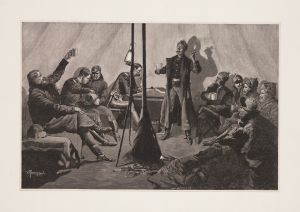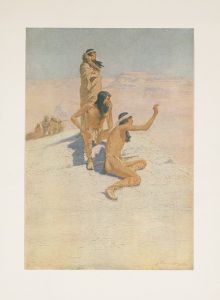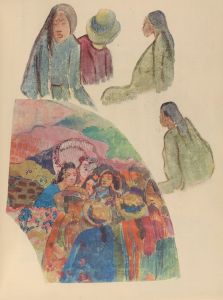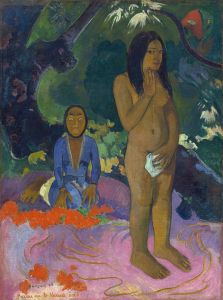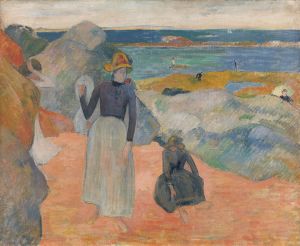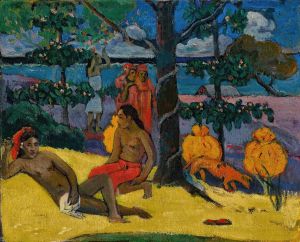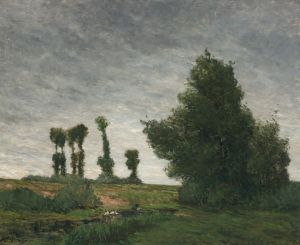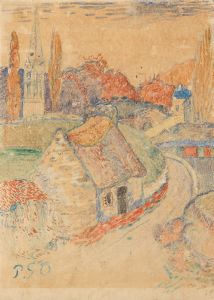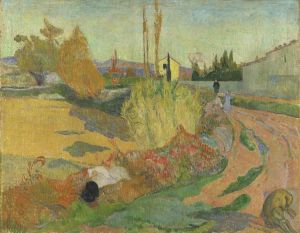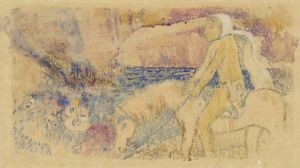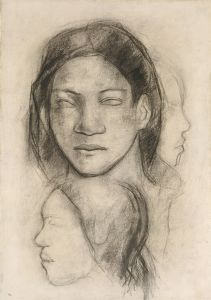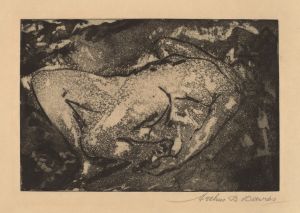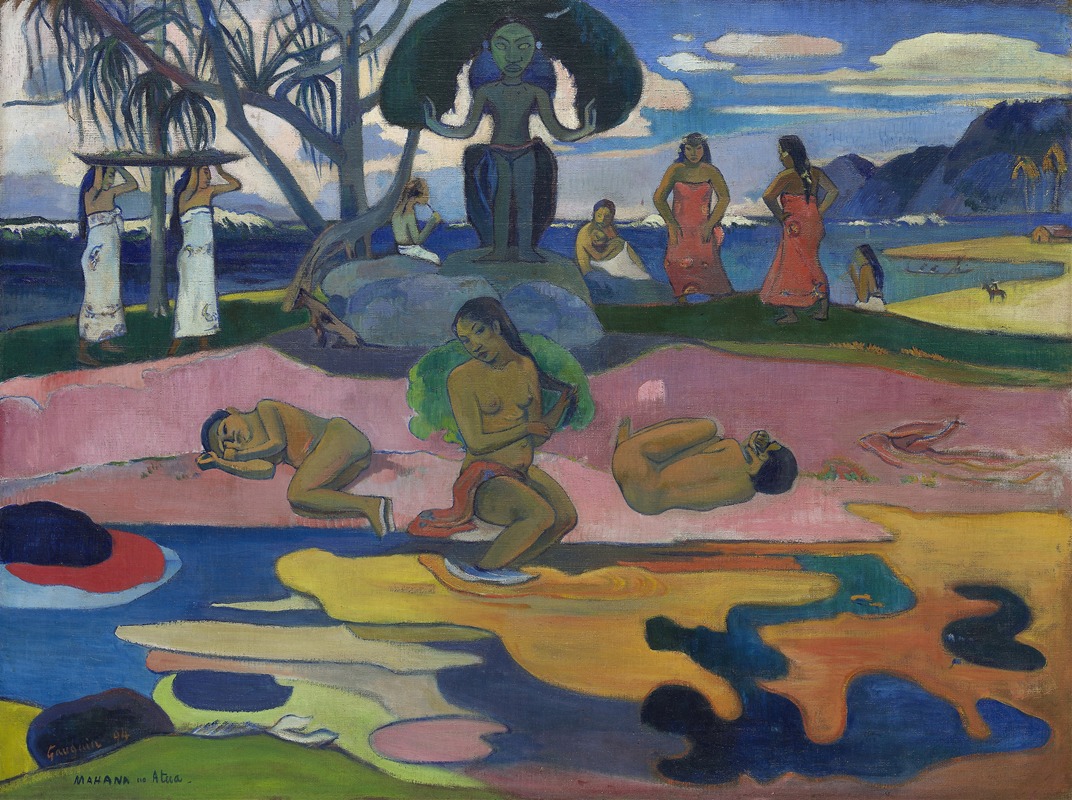
Mahana no atua
A hand-painted replica of Paul Gauguin’s masterpiece Mahana no atua, meticulously crafted by professional artists to capture the true essence of the original. Each piece is created with museum-quality canvas and rare mineral pigments, carefully painted by experienced artists with delicate brushstrokes and rich, layered colors to perfectly recreate the texture of the original artwork. Unlike machine-printed reproductions, this hand-painted version brings the painting to life, infused with the artist’s emotions and skill in every stroke. Whether for personal collection or home decoration, it instantly elevates the artistic atmosphere of any space.
"Mahana no atua" (Day of the God) is a painting by the French Post-Impressionist artist Paul Gauguin, created in 1894. Gauguin is renowned for his bold use of color and synthetist style that emphasizes flat planes and strong outlines. This painting is one of his many works inspired by his time in Tahiti, where he sought to escape European civilization and immerse himself in what he perceived as a more primitive and pure culture.
The painting depicts a Tahitian religious scene, with a central figure of a deity standing on a plinth, surrounded by worshippers. The deity is likely inspired by Polynesian mythology, though Gauguin often took creative liberties with the representation of local beliefs and practices. The scene is set against a vibrant, tropical landscape, with lush vegetation and a serene body of water.
"Mahana no atua" is divided into three horizontal bands, each with distinct visual and thematic elements. The upper band features the deity and worshippers, rendered in a stylized manner that reflects Gauguin's interest in non-Western art forms. The middle band shows a group of three women, each in a different pose, which some art historians interpret as representing the cycle of life: birth, life, and death. The lower band is an abstract, swirling pattern of colors that suggests water and reflects Gauguin's fascination with the symbolic use of color.
Gauguin's use of color in "Mahana no atua" is particularly notable. He employs a palette of vivid, non-naturalistic colors to create a dreamlike, otherworldly atmosphere. This approach is characteristic of his work during this period and reflects his desire to convey emotional and spiritual truths rather than mere visual reality.
The painting is housed in the Art Institute of Chicago, where it is part of the museum's extensive collection of 19th-century European art. "Mahana no atua" is considered one of Gauguin's masterpieces and is frequently discussed in the context of his broader body of work and his influence on modern art. Gauguin's time in Tahiti and his subsequent works had a significant impact on the development of Primitivism, a movement that sought to draw inspiration from the art and culture of non-Western societies.
Gauguin's portrayal of Tahitian life and culture has been the subject of much debate and criticism. While some view his work as a sincere attempt to engage with and represent a different culture, others criticize it as a romanticized and exoticized vision that reflects colonial attitudes. Despite these controversies, "Mahana no atua" remains a powerful and evocative work that continues to captivate viewers with its bold colors, dynamic composition, and enigmatic subject matter.





